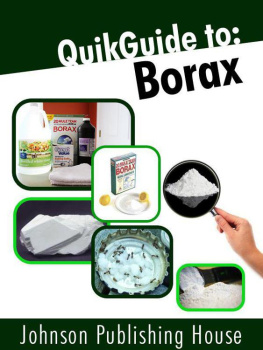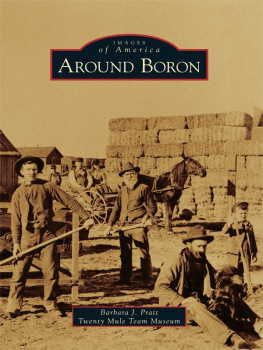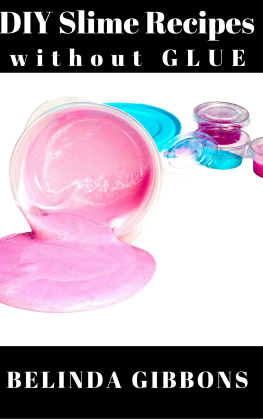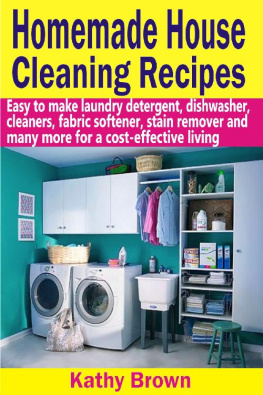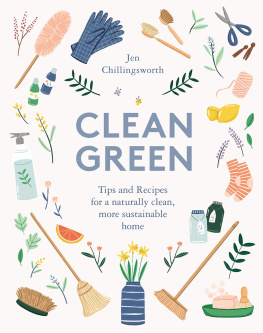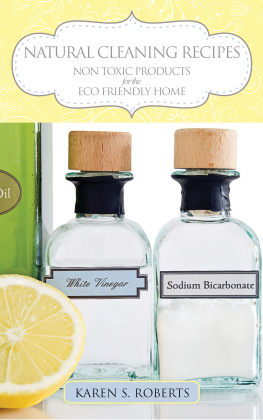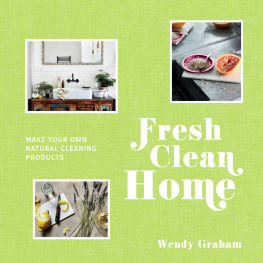Borax and boric acid are found together in many places, especially volcanic areas where the borax has naturally reacted with sulfur. You can also find both compounds in seawater.
Borax was first discovered in Tibet , in dry lake beds . It was imported via the Silk Road t o Arabia . The word borax is Arabic the Arabic is from the Persian word burah , meaning potassium nitrate , which is a fluxing agent. ( Another name for borax is tincal, in Sanskrit. )
In the 1900s, borax was used by gold miners in parts of the Philippines , as a substitute for mercury, which is toxic, to extract gold from the earth.
Borax first came into common use in the late 19th century when Francis Marion Smith 's Pacific Coast Borax Company began to market 20 Mule Team Borax . Their trademarked their name in honor of the teams of 20 mules that would haul wagons of borax out of the California and Nevada deserts. This delivery method allowed borax to be available in large enough quantities to make it cheap and easy to distribute to consumers .

Borax has a wide variety of uses. It is a component of m any detergents , cosmetics , and enamel glazes. It is also used to make fire retardant s , as an anti-fungal compound, as a, neutron-capture shields for radioactive sources, a texturing agent in cooking, and in other boron compounds.
Is Borax Safe?

Not one single natural ingredient has me quite as perplexed as borax. G reen cleaning and natural beauty site s list it as a wonder ingredient. Listed below are what other professionals say about Borax. Youll have to decide for yourself whether or not to use Borax in your household.
The EWGs Skin Deep Database lists it as a 5-6 (or moderate hazard): Their studies were the nebulous borax or boric acid test studies.
T he ToxNet studies on the NIH website : Safe u nl ess ingested in high quantities.
T he Material Safety Data Sheet : L ists borax as a health hazard of 1, the same as baking soda and salt.
The FDA banned borax as a food additive, and the European Chemicals Agency added it to their list of substances of very high concern a few ye ars ago, due to the ongoing debate as to whether excess boron in the soil harms crops .
Borax is classified as non-carcinogenic and a mild skin irritant. The high alkalinity of borax is likely what causes skin irritation (just as excessive use of baking soda would cause irritation).
There are also several studies in the ToxNet database that show its only a very mild lung irritant and causes no lasting damage.
Borax does not penetrate the skin well , and is not cons idered to be bio-accumulative. So, the r epetitive use over time does not build up in your system.)
The one concern is with its potential to disrupt the reproductive system. Studies have not been done in humans regarding this; however, potential reproductive issues in mice are suspected from high levels of (ingested) borax.
Borax is acutely toxic in the same manner that salt is. Ingested in moderate quantities, it may cause gastrointestinal upset and nausea. While it may be listed as poison on the box, its only toxic at very, very high levels . (Like salt, baking soda and even water is.)
Boron is an essential mineral that the body needs for bone building , immune function, and brain function . Plants need it to grow. But, like anything, its needed in small moderation; m uch like salt.
Boron is found in borax. People even take borax as a supplement and swear by it (I am NOT recommending you do this).
Borax is natural.
Borax doesnt cause cancer,
Borax doesnt accumulate in the body
Borax isnt absorb ed through the skin.
Borax is not harmful to the environment. In fact, the largest borax (borate) mine in the world found in Boron, California is considered to be the most ecologically sound and environmentally sustainable mine in the United States . This is also the mine where 20 Mule Team comes from.
Toiletry makers use borax as an emulsifier in conjunction with beeswax (ration 18:1 beeswax to borax) and as a natural preservative in making products such as creams and lotions .
Borax is frequently added in small quantities to eye drops or artificial tear products to provide pH control and moisture retention.
Is borax dangerous, toxic, or a poison? N o . B orax is just fine to use in a household cleaning routine .
Borax Cleaning Solutions

Lemon Scrub
Borax and lemons are known for cleaning and whitening. Borax is alkali. It is good for cutting grease, oil, and dirt. Lemons are acidic, so they are good for eliminating soap scum and hard-water deposits.
Dip a lemon half in borax and use it as a scrubber for the bathroom, kitchen counters, cupboards, and appliances . You can use it on any surface that is likely to have both alkali and acidic dirt.
To remove rust or food stains on countertops, rub a cut lemon over the spot or squeeze fresh lemon juice onto the area and let it sit for up to 30 minutes. Wipe and rinse thoroughly.
BONUS Natural all-purpose cleaner:
Equal parts vinegar and water in a spray bottle. Its not overpowering and it does the job. Use it to clean the counters, walls, bathrooms and everywhere else that needs some cleaning. It does a good job on windows and mirrors, too.
BORAX Window & All-Purpose Cleaner:
2 cups water
2 cups white vinegar
teaspoon borax
Place water and borax in 1 quart microwaveable glass bowl. Heat water and borax in microwave until hot; remove from microwave and stir until the borax crystals dissolve completely. Add vinegar and stir. Pour solution into a 4 cup spray bottle.
The borax works as a surfactant. Use this solution on all glass and hard surfaces. Wipe clean until there is no drag on your cotton or microfiber cloth. Your glass will sparkle! If you do NOT wipe completely the borax will leave a white, cloudy film. Wipe off thoroughly.

